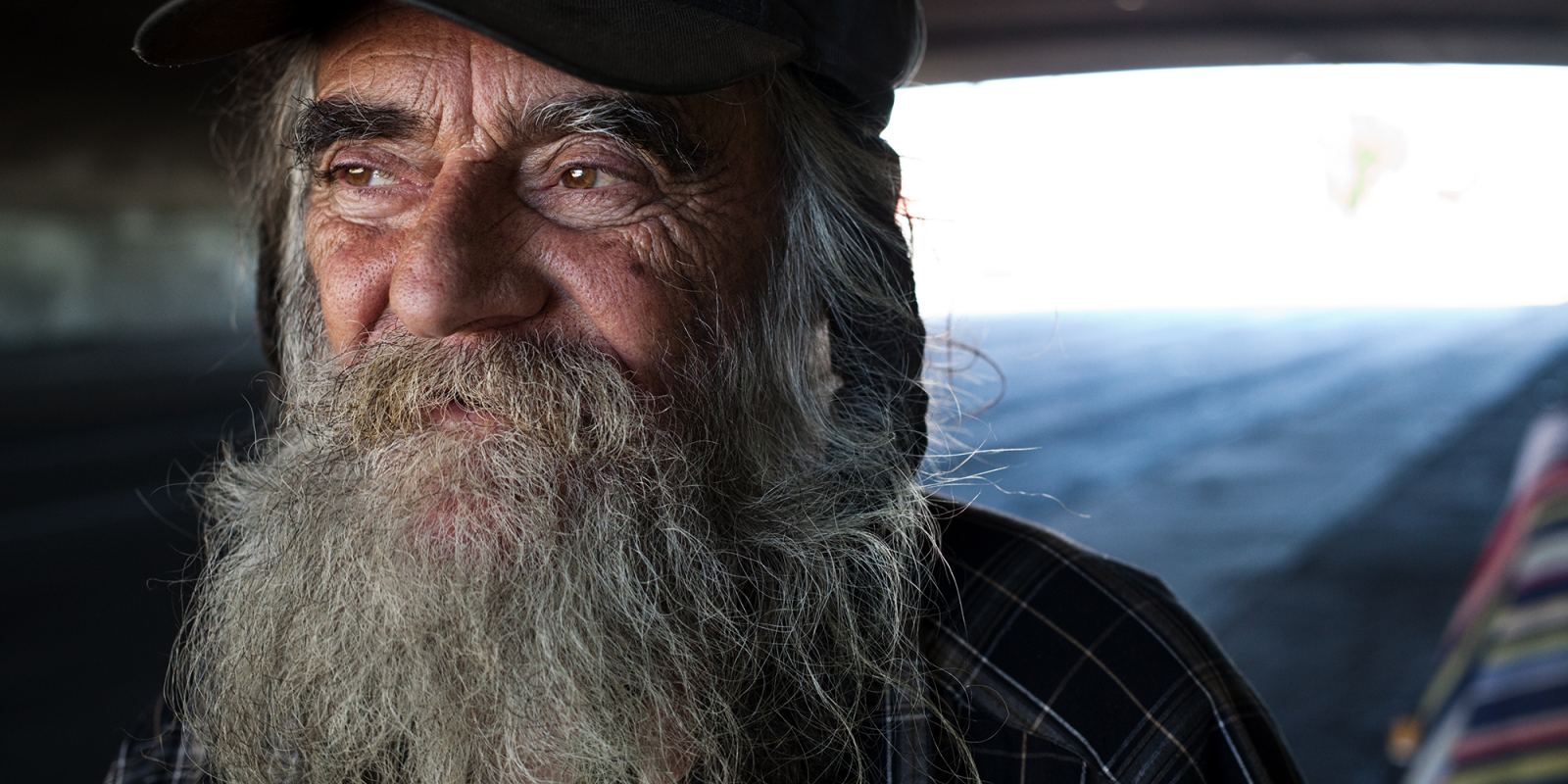The reality on our streets right now is that an unprecedented number of older adults are becoming homeless later in life, or aging on the street, causing untold suffering for our older neighbors and our communities. And even more low-income older adults are precariously housed, facing unaffordable rents that leave them one unexpected bill or emergency away from losing their housing.
Today, about half of single homeless adults are ages 50 and older, compared to 11 percent in 1990, and almost half of them became homeless for the first time after they turned 50.
What’s Behind the Surge in Homelessness?
What is causing this surge in older adult homelessness? Many have worked their whole lives in physically demanding, low-paying jobs. At some point later in life, they faced a challenge like a job loss, or were no longer able to work due to an injury or illness, or they had a partner who became ill or died. With little financial cushion and rising housing costs, many older adults, especially Black and Latino/a individuals, are one crisis away from an eviction and homelessness.
‘There is growing recognition that housing is healthcare.’
Due to a lifetime of experiencing discrimination and inequities, whose effects amplify in later life, Black, Latino/a, Native American and Pacific Islanders all are overrepresented among those older adults experiencing homelessness. Black individuals are three times more likely to experience homelessness than are their White counterparts. The lasting impact of structural racism in housing, employment, and exclusionary zoning laws has resulted in Black individuals and families having fewer opportunities to own or rent where they choose, being denied access to homeownership and being shut out of well-paying jobs that provide security in retirement. As we consider how to address homelessness in our communities, we must ensure that we adopt equitable solutions to counter these racial disparities.
Housing Can Help Prevent or Delay Chronic, Disabling Conditions
There is growing recognition that housing is healthcare. Homelessness has devastating impacts on people’s mental and physical health, and hastens the onset and severity of many chronic and disabling conditions. This is true for anyone experiencing homelessness, but it is even worse for unhoused older adults who face a unique set of challenges. Homelessness ages a person prematurely, leading to life expectancies that can be years lower than those for the general population.
Homeless adults ages 50 and older have the types of chronic illnesses and geriatric conditions generally seen in housed adults who are 15 to 20 years older, including medical conditions often thought to be limited to much older individuals, such as falls, memory loss and incontinence. It’s not only humane policy to end older adult homelessness, but it’s cost-effective for our communities, reducing emergency room, hospital and nursing home costs.
Preventing Older Adult Homelessness
What can we do to prevent and end older adult homelessness? There are policy solutions that can be put in place now to ensure that all older adults have a safe place to age in dignity, with affordable healthcare, and sufficient income to meet their basic needs. These include:
- Bring together aging, housing and homelessness provider systems to better serve older adults at imminent risk of, or experiencing, homelessness.
- Prevent homelessness by providing targeted rental subsidies to rent-burdened, low-income older adults, so they can afford to stay in their own homes.
- Increase the Supplemental Security Income (SSI) and state supplementary benefit levels so they more accurately reflect the regional costs of older adults’ housing, healthcare and other basic needs.
- Support older adults’ continued ability to age in place by investing in home modifications, and in-home help with daily activities like bathing, dressing and eating.
- For those older adults who need additional supports, link affordable, accessible housing with wraparound home- and community-based services and tenancy supports, which will prevent homelessness and unnecessary institutionalization.
- Expand permanent supportive housing options that take into account the particular housing and care needs of older adults, many of whom have physical, sensory and/or cognitive impairments.
The most effective solution to address homelessness is a home; increasing the supply of affordable, accessible and stable housing in our communities will allow older adults to age in place, close to family, neighbors and the communities that they helped build.
Patti Prunhuber is senior housing attorney at Justice in Aging, in its Oakland, Calif., office.













